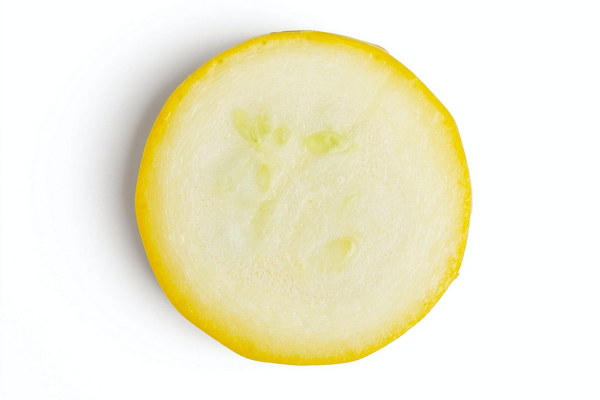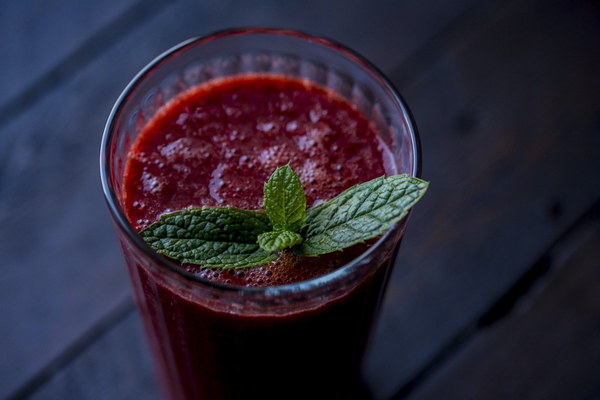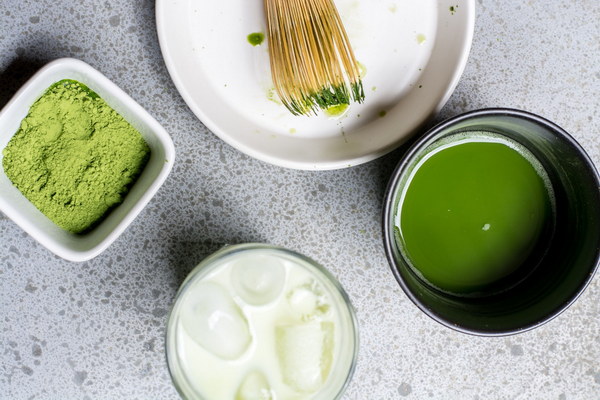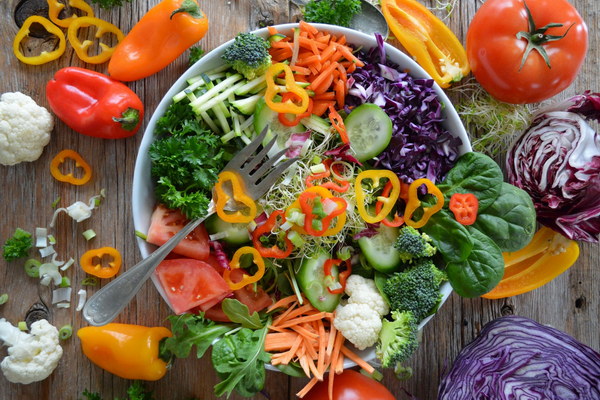Discover the Ancient Wisdom of Chinese Food Therapy Nourish Your Body and Mind with Traditional Remedies
In the realm of holistic health, Chinese medicine stands out as a profound and time-honored practice. One of its most fascinating aspects is food therapy, which utilizes the healing properties of various foods to promote balance and harmony within the body. Known as Shi Liao in Chinese, food therapy is a cornerstone of traditional Chinese medicine (TCM) and has been practiced for thousands of years. This article delves into the world of Chinese food therapy, exploring its principles, benefits, and practical applications.
The Principles of Chinese Food Therapy
At the heart of Chinese food therapy lies the concept of Yin and Yang, the fundamental forces that govern the natural world. According to TCM, health is achieved when these forces are in balance. Foods are categorized into warming and cooling properties, which correspond to the Yin and Yang energies within the body. By incorporating a balanced diet that includes both warming and cooling foods, individuals can maintain a state of equilibrium and prevent illness.
Another key principle is the concept of Five Elements, which are wood, fire, earth, metal, and water. Each element corresponds to specific organs and functions within the body. Food therapy aims to align the elements within the body by consuming foods that correspond to each element. This approach ensures that all organ systems are working harmoniously, leading to overall well-being.
Benefits of Chinese Food Therapy
Chinese food therapy offers numerous benefits, some of which include:
1. Strengthening the immune system: Certain foods, such as garlic and ginger, have natural antibacterial and antiviral properties, which can help bolster the immune system.
2. Promoting digestion: Foods rich in fiber, such as apples and pears, can aid in digestion and prevent constipation.
3. Alleviating stress: Herbs like chamomile and valerian root have calming effects on the mind and body, helping to reduce stress and anxiety.
4. Improving cardiovascular health: Foods high in omega-3 fatty acids, such as flaxseeds and walnuts, can help lower cholesterol levels and reduce the risk of heart disease.
5. Enhancing energy levels: Nourishing foods like quinoa and sweet potatoes provide a steady release of energy, keeping you feeling alert and focused.
Practical Applications of Chinese Food Therapy

Now that we understand the principles and benefits of Chinese food therapy, let's explore some practical applications:
1. Winter health: In the cold months, it's essential to consume warming foods, such as soups, stews, and roasted vegetables, to maintain body temperature and support the kidney and spleen organs, which are most active during this time.
2. Summer health: As the weather heats up, focus on cooling foods, like salads, fruit smoothies, and chilled soups, to help regulate body temperature and support the heart and lung organs, which are most active in the summer.
3. Detoxification: Incorporate foods with diuretic properties, such as cucumbers, asparagus, and lemons, to flush out toxins from the body and support liver function.
4. Weight management: Use food therapy to create a balanced diet that promotes satiety and curbs cravings, aiding in weight loss and maintenance.
5. Chronic conditions: Consult with a TCM practitioner to tailor a food therapy regimen that addresses specific health concerns, such as diabetes, arthritis, or insomnia.
Conclusion
Chinese food therapy is a profound and versatile practice that can enhance your overall well-being. By understanding the principles of Yin and Yang, the Five Elements, and the healing properties of various foods, you can create a balanced diet that supports your health and vitality. Embrace the ancient wisdom of Chinese food therapy and experience the transformative power of holistic health.









